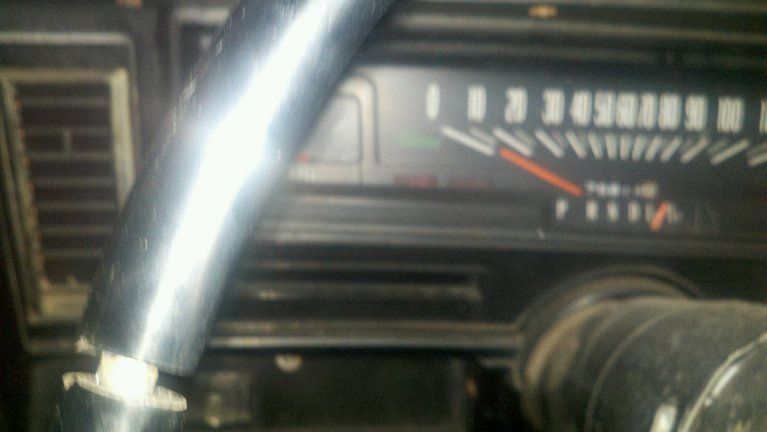Hey Gentleman! I inherited a 72 Nova from my mom about a year and a half ago, after telling her for over 10 years that I wanted her car. In all, I've only moved it from my parents house in Southern California, to my house in Phoenix, AZ, and then a short move from there to my house about 5 miles from the previous.
Details about the car:
2-Door, bucket seats in front, automatic, 350 small block, not running since 2002. It was in an accident in 2001 and the rear drivers side is pretty mashed up (all body work, somehow didn't break the taillight plastic). Because of that, rust has formed in the area. There's also a fairly significant hole in the D-Pillar due to rust on the drivers side, and a small one in the same spot on the passenger side. Other than that, the rust is on the surface... so no big deal. The interior is done haha. It needs to be replaced, so that will be completely done.
The idea I have is to make it a show car, not driven more than maybe once a week on the weekends, and not a lot of miles once that is true. Where I'm stuck right now is where to start. I'm going to be making some room in my garage so I can pull stuff apart as needed, but I don't have enough to pull off the entire outside parts. I would like to pull everything off, and send it all out for media blasting so I know what I'm in-store for, but the exterior is only primed and not painted. So I don't even know if I should consider sending out the body for that, or just go ahead and begin to sand it. Not sure if I should pull everything out of the interior first, or start working on the exterior first. Or if I should worry about pulling the engine out and start working on restoring that. Any tips would be helpful. Thanks!
Details about the car:
2-Door, bucket seats in front, automatic, 350 small block, not running since 2002. It was in an accident in 2001 and the rear drivers side is pretty mashed up (all body work, somehow didn't break the taillight plastic). Because of that, rust has formed in the area. There's also a fairly significant hole in the D-Pillar due to rust on the drivers side, and a small one in the same spot on the passenger side. Other than that, the rust is on the surface... so no big deal. The interior is done haha. It needs to be replaced, so that will be completely done.
The idea I have is to make it a show car, not driven more than maybe once a week on the weekends, and not a lot of miles once that is true. Where I'm stuck right now is where to start. I'm going to be making some room in my garage so I can pull stuff apart as needed, but I don't have enough to pull off the entire outside parts. I would like to pull everything off, and send it all out for media blasting so I know what I'm in-store for, but the exterior is only primed and not painted. So I don't even know if I should consider sending out the body for that, or just go ahead and begin to sand it. Not sure if I should pull everything out of the interior first, or start working on the exterior first. Or if I should worry about pulling the engine out and start working on restoring that. Any tips would be helpful. Thanks!



































